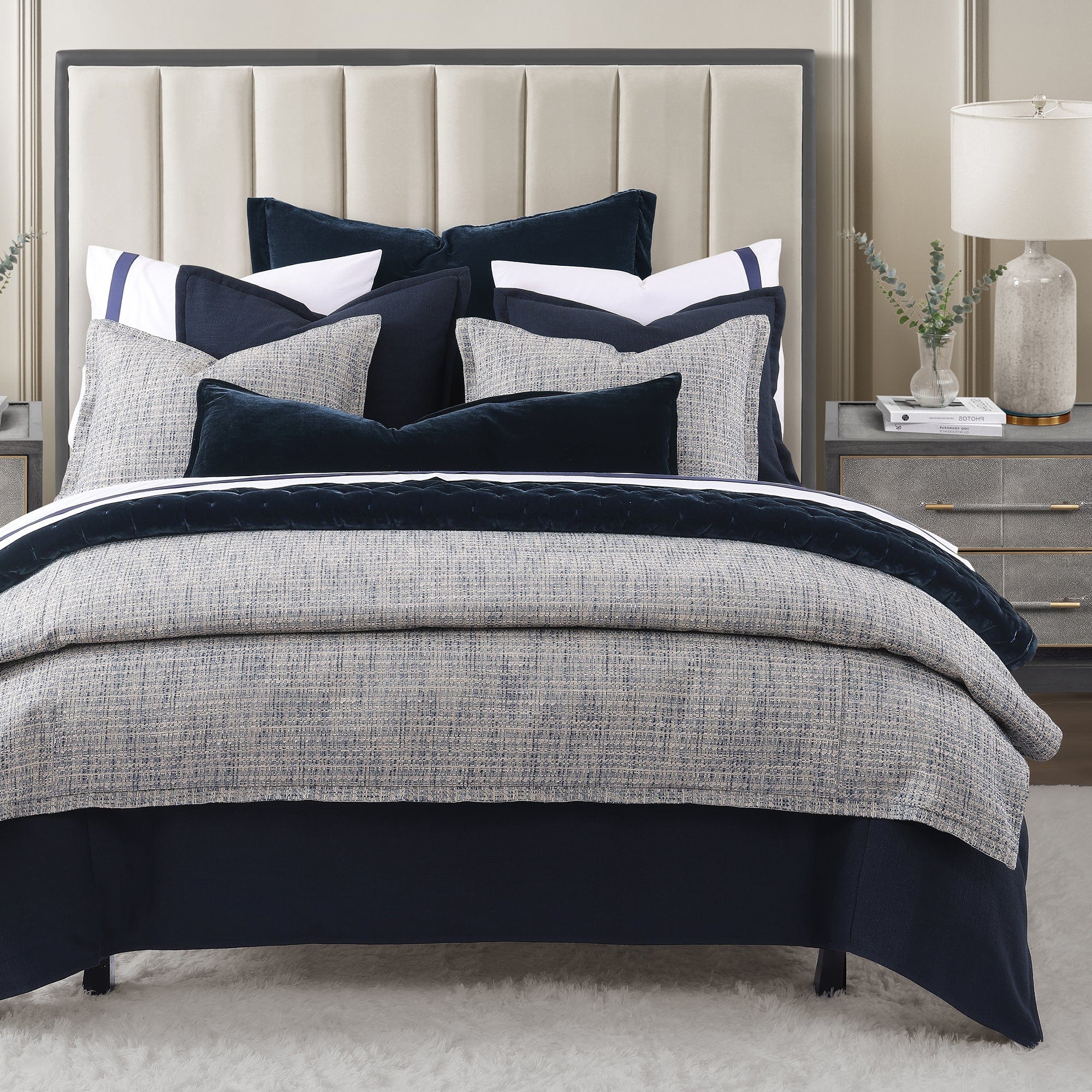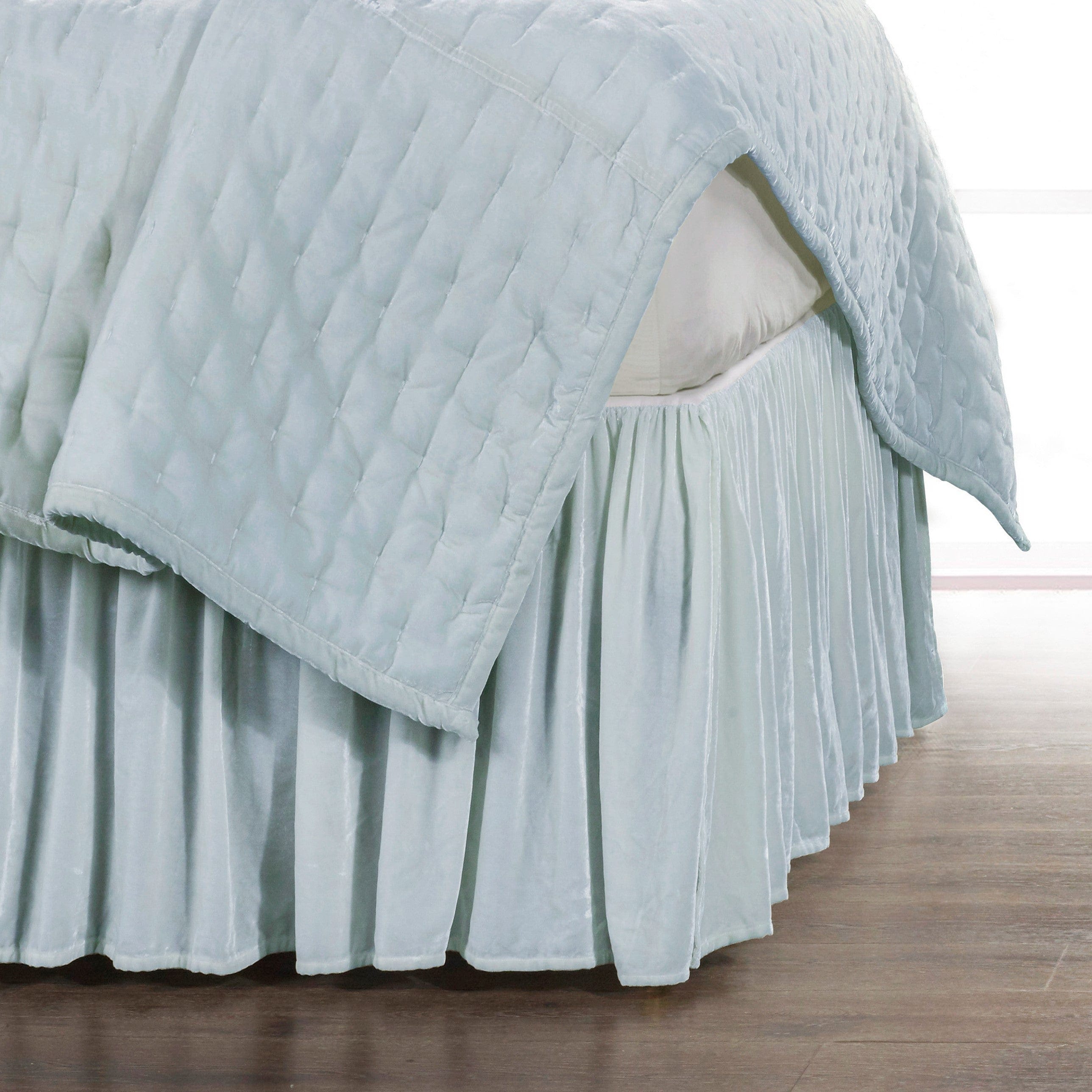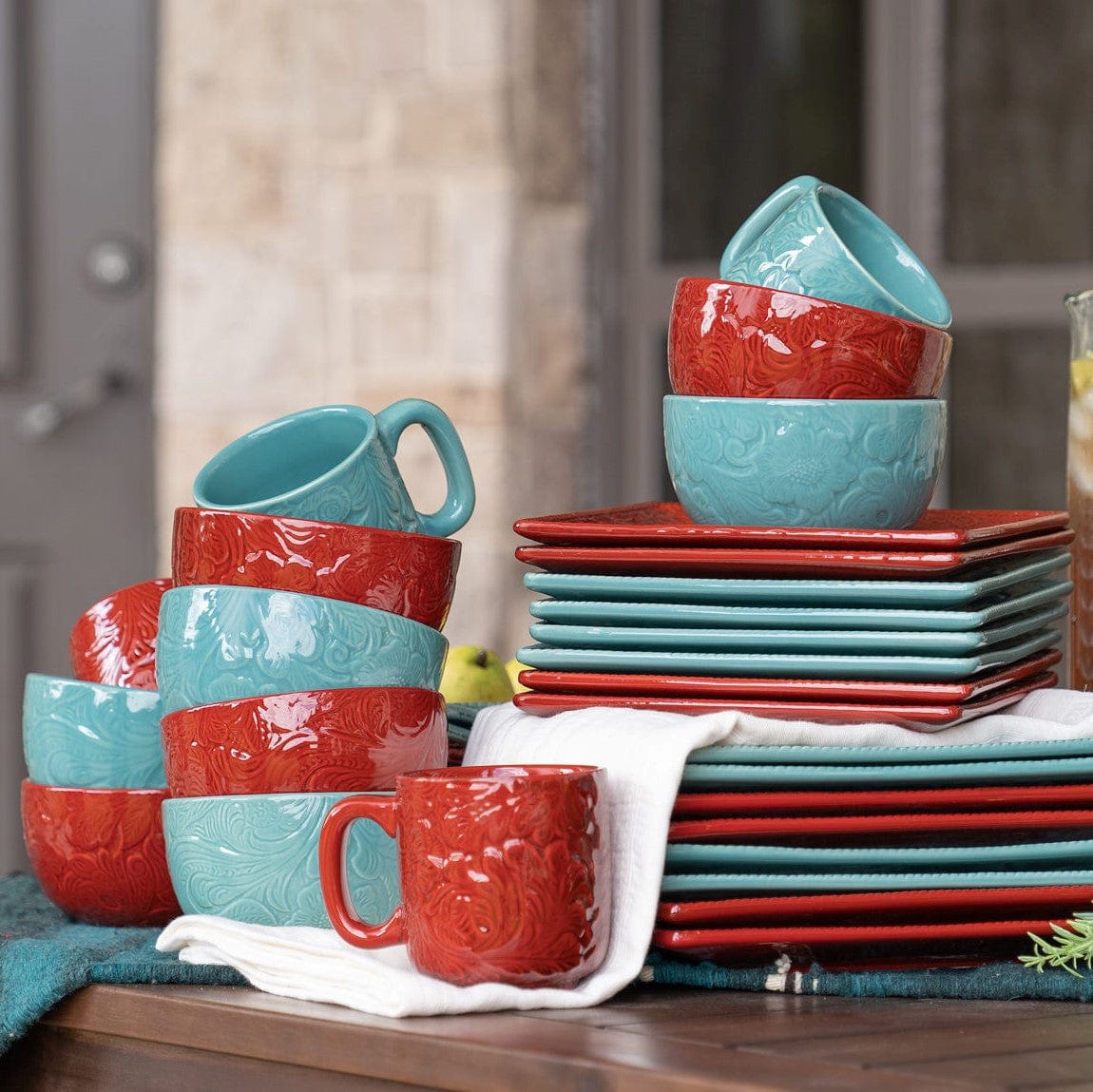Sustainable Luxury: Everything You Need to Know About Lyocell Fabric
Lyocell was first introduced as a sustainable alternative to mainstream fabrics in the 1970s. Since then, lyocell fabric has made a name for itself in the textile industry and has become synonymous with the word “sustainable luxury.”
There’s a big chance you’ve heard of lyocell before—just under a different name. TENCEL, Newcell, Seacell, and Excel are some of the trademarked names for lyocell. But what exactly is lyocell, and what makes it so special?
What is Lyocell Fabric?
Lyocell is a plant-based fabric made of cellulose derived from wood pulp. The wood used is usually sourced from eucalyptus trees, but it’s not uncommon to source from oaks, birches, and bamboos.
The production process starts with ethically harvested wood. Once gathered, the wood is cut into smaller pieces and pounded into a pulp. Then, various non-toxic chemicals are added to dissolve it into a sticky mixture called cellulose. The raw cellulose is fed into a spinning process, where long and thin fibers are drawn out. After washing and drying, the lyocell fibers are spun into fabric, ready to be dyed, cut, and sewn.
Most lyocell fabrics available in the market are a mix of natural fibers and synthetic materials. Thus, lyocell fabric is considered a semi-synthetic fabric. While 100% lyocell fabric does exist, these are expensive and difficult to find.
But even though the semi-synthetic variant dominates the market, lyocell is still considered one of the most sustainable fabrics in the market right now, as you’ll come to know below.
How Sustainable is Lyocell?
The answer is a resounding very!
First of all, like other semi-synthetic fabrics like rayon or viscose, lyocell is biodegradable and compostable (as long as it isn’t mixed in with synthetic fibers such as polyester or nylon).
Second, most lyocell fabric comes from a very sustainable source—eucalyptus trees. Eucalyptus trees can grow almost anywhere and grow really fast, even without pesticides or fertilizers. This makes the entire production process relatively fast, especially compared to the months-long production periods of other naturally sourced fabrics like silk or cotton.
Having a quick production period means that less energy and water are used. For example, lyocell production requires only 20-50% of the water needed for cotton production.
Additionally, lyocell production only uses non-toxic chemicals in the process. Another bonus is that the lyocell production process generates minimal waste since around 99% of chemicals used can be recovered and used again. And since it operates in a “closed-loop” system, the chemicals used aren’t dumped into the environment.
How does Lyocell Look and Feel?
It’s easy to see why many fashion and bedding companies turn to lyocell as an eco-friendly alternative. Lyocell isn’t just more sustainable, either. It also offers a level of comfort that can be described as “luxurious,” rivaling that of cotton and silk.
This is because lyocell has a super-soft hand feel that feels great against your skin. The fact that it’s hypoallergenic and more moisture-absorbent than cotton is also a huge plus, especially if you have sensitive skin or care about hygiene!
An extremely versatile fabric, lyocell can also be dyed easily and mixed with other fibers to create different textures and varieties.
Is Lyocell Breathable?
Yes, it’s known for its breathability and is substantially more moisture-absorbent than other fabrics. These qualities make it the perfect fabric for hot summer nights or sweaty workout sessions.
Is Lyocell Stretchy?
Despite its soft, delicate look, lyocell is also known for its durability and flexibility. If you’re a bit skeptical of how it will turn out after a few washes, you’ll be pleasantly surprised to know that it gets softer with each wash. Oh, and no wrinkles too!
How Much does Lyocell Cost?
Of course, you must’ve known that there’s a catch.
While 1 meter of cotton fabric costs around $15-17, the same length of lyocell fabric goes for around $25 or higher. The price varies depending on what other fabrics may be blended with lyocell, with luxury fabrics like silk or twill commanding higher prices.
Another reason why lyocell is more expensive than other fabrics is because of the technology behind it. Simply put, lyocell costs more to produce, so naturally, it has a heftier price tag.
How does Lyocell Compare to Other Fabrics?

Lyocell vs. Cotton
Although both are sourced from natural fibers, lyocell tops cotton when it comes to breathability and durability.
Lyocell fabric has smaller, more tightly woven fibers, which makes it softer and smoother than cotton. On top of that, lyocell is more resistant to wrinkling than cotton, lessening the time required for upkeep, washing, and ironing.
Lyocell fibers also have hydrophilic properties that allow them to absorb moisture better than cotton, keeping you cooler and fresher much longer. Its moisture-absorbent property also makes dyeing lyocell much easier.
With all of lyocell’s virtues, why hasn’t it superseded cotton in popularity? One big reason is that cotton is still cheaper and easier to produce. Additionally, more infrastructure already exists for cotton production, so despite lyocell’s leg up in comfort and sustainability, there’s simply more processes in place to produce cotton.
Lyocell vs. Viscose
Both lyocell and viscose are derived from plant fibers. Both are also popular silk alternatives. However, the biggest difference is in how they’re produced. Unlike lyocell, viscose uses toxic chemicals, such as carbon disulfide and sodium hydroxide, in the production process.
Aside from that, people say that lyocell is softer, more breathable, and more durable than viscose. However, viscose is more affordable, easier to produce, and more widely available than lyocell.
Lyocell vs. Rayon
The term “rayon” refers to semi-synthetic fabrics derived from plant cellulose. And thus, other fabrics such as viscose and lyocell are technically a form of rayon. However, lyocell is more refined and is currently considered the most sustainable type of rayon.
Lyocell vs. Polyester
Lyocell can either be fully natural or semi-synthetic. On the other hand, polyester is fully synthetic and is made from plastic and petroleum derivatives.
Depending on the production quality, polyester fabric has a plastic-y and less premium look and feel, leading to a lower price tag. Compared to lyocell, polyester doesn’t absorb very much moisture and is not as breathable.
Slowly but surely, lyocell is making its way to the top of the textile world as one of the most luxurious and sustainable fabrics. It still has a long way to go before it replaces the ever-popular cotton (and it’s certainly possible it never will), but as technology evolves, lyocell fabric will become increasingly affordable and accessible… such as with our new Lyocell Collection of bedding!
Introducing: Lyocell Collection
Sheer comfort meets sustainable luxury in our Lyocell Collection. With its lustrous sheen and elegant drape, the bedding in our Lyocell Collection is as visually striking as its soft. Made from eco-friendly fibers, lyocell is durable and long-lasting. And thanks to its signature breathability and airiness, it’ll keep you cool and fresh even during the hottest summer nights. Available in a range of versatile soft neutrals, Lyocell can be paired with any style. For a timeless look, pair with our Linen Blend Collection; alternatively, layer on our Dalia Bedding Set for an updated classic.





